Power Play: CMJ and Mining Intelligence take a look at Canada’s top undeveloped battery minerals projects
The rise of electric vehicles is expected to drive up demand for nickel, lithium, cobalt and graphite in the coming years as use applications outpace supply. Nickel in particular is gaining steam as a hot commodity, as Elon Musk has zeroed in on sustainable sources of the metal as crucial for the growth of Tesla Motors (see page 20). Copper is also expected to see strong demand as the world transitions to greener technologies.
An emerging trend is the potential for source-dependent commodity pricing, which would reflect the carbon intensity of generating the metal.
Given the availability of renewable and low-carbon power in several Canadian provinces, base and battery metals projects in these jurisdictions are expected to be at a development advantage (see page 16).
With these opportunities in mind, Canadian Mining Journal used data provided by sister company Mining Intelligence (www.miningintelligence.com) to define the largest base and battery metals projects in Canada. The rankings are based on contained metal and include only measured and indicated resources.

Top copper projects
COPPER
Starting off with the red metal, major preproduction copper projects are on Canada’s western margin.
Seabridge Gold’s KSM leads the pack in terms of contained metal and, in addition to copper, includes substantial gold, with 50.4 million oz. of the precious metal in measured and indicated resources.
The developer has outlined 3.8 billion tonnes of higher-grade inferred resources (grading 0.36% copper) at the Deep Kerr and Iron Cap zones within the KSM property. A 2020 preliminary economic assessment (PEA) for KSM, which incorporates Iron Cap resources, defined a US$5.2-billion, 44-year open pit and block cave mine. This latest early-stage study represents an alternate scenario to a 2016 prefeasibility study, with a “dramatic improvement in project economics” from the addition of the Iron Cap block cave.
The Shaft Creek project in B.C. – a joint venture between Teck Resources and Copper Fox Metals – comes in second. A preliminary economic assessment is underway for the porphyry project, following a resource update released in March. Western Copper and Gold’s Casino, in the Yukon, is in third place.
Closing out the top five are two B.C. assets held by single-mine copper producer Taseko Mines: Yellowhead and New Prosperity. Two judicial reviews are underway for New Prosperity, related to a 2014 decision by the Canadian government to not issue federal authorizations for the project.

Top cobalt projects
COBALT
Turning to cobalt, for four of our top five projects, the metal occurs in sulphide deposits primarily known for their nickel content.
The largest cobalt deposit on our list is the Dumont project in the Abitibi held by Toronto-based private equity firm Waterton Global Resource Management. With Dumont considered “shovel-ready” and permitted for construction and operations, a 2019 updated feasibility study specified a 30-year mine with a US$1-billion capital cost. The project’s nickel content is estimated at 0.27% in measured and indicated resources.
Giga Metals’ Turnagain is second. While an October 2020 PEA defined an operation producing a nickel and cobalt concentrate with a US$1.4-billion capital cost estimate, the base-case economic analysts, using US$7.5 per lb. nickel and US$22.3 per lb. cobalt, did not yield a positive net present value using an 8% discount rate.
Canada Nickel’s Crawford project in the Timmins camp is advancing towards a PEA by the end of April. The Crawford measured and indicated nickel grade stands at 0.26%. In fourth place is the Nickel Shaw project, where owner Nickel Creek Platinum estimates that 56% of revenues would be derived from its 0.26% nickel grade and 9% would come from cobalt, in addition to copper, platinum group metals and gold.
Fortune’s Nico, the only iron oxide copper-gold (IOCG) deposit on our list, is envisioned as a vertically integrated operation that would mine and concentrate material in the Northwest Territories with processing in Saskatchewan.

Top graphite projects
GRAPHITE
The largest preproduction graphite projects on our list are in Quebec and Ontario.
Mason Graphite’s Lac Gueret comes in first, not only in terms of contained graphite but also in graphite grades. A 2018 feasibility study outlined a 25-year open pit mine at the site that would produce an average of 51,900 tonnes of graphite concentrate a year at an initial capital cost of $258.2 million. With permits in hand to start the construction process, Mason still needs to secure financing to develop the asset.
In second place is Nouveau Monde Graphite’s Matawinie project. In February, the graphite developer received the provincial go-ahead to start construction. The company is planning a $276-million open pit graphite flake operation at Matawinie, producing 100,000 tonnes a year of graphite concentrate. The material mined would be upgraded into lithium-ion anode material at a plant in Bécancour, Que. The first-phase plant is under construction, designed to generate 2,000 tonnes a year of anode material.
Focus Graphite’s Lac Knife follows – in March, the junior hired engineering firm DRA Americas to update a 2014 feasibility study for Lac Knife. In fourth place is Lac Rainy, 10 km from Lac Knife, and owned by ASX-listed Metals Australia. Based on scoping study results published in February, the deposit could support a 14-year, US$189.8-million open pit mine producing an average of 96,000 tonnes a year of graphite concentrate.
Closing out our graphite list is an Ontario asset – Bisset Creek, between Ottawa and North Bay. Northern Graphite notes the asset’s significant (estimated at 90%) large and extra-large flake graphite content. The junior intends to raise US$85 million and complete permitting this year.

Top lithium projects
LITHIUM
Looking at lithium, once again, the major projects are in Ontario and Quebec. The grades and tonnages above refer to lithium oxide.
Galaxy Resources’ James Bay spodumene deposit in Quebec is in the top spot, with a March prefeasibility outlining an 18-year open pit producing an average of 330,000 tonnes of spodumene concentrate annually at an initial capital cost of US$244 million.
Second on the list is Nemaska Lithium’s Whabouchi; the project was sold to Philadelphia-based chemicals company Livent, Investissement Quebec and the Pallinghurst Group last year after experiencing cash shortfalls.
Critical Elements’ Rose is third – the spodumene project is undergoing a permitting process with construction of the proposed $341-million first-phase open pit mine expected to start later this year.
In fourth place is the only Ontario asset on our list, the PAK project, 175 km north of Red Lake. Owner Frontier Lithium has established a strategic partnership with Glencore’s Expert Process Solutions to develop a patent-pending process that would upgrade spodumene concentrate into battery-grade lithium hydroxide.
Closing out our list of lithium assets is the Authier project, owned by Australia-based Sayona Mining, and expected to start construction this year. In January, Sayona signed a binding life-of-mine offtake agreement with lithium developer Piedmont Lithium, for the greater of 60,000 tonnes a year of spodumene concentrate or half of Authier’s output.

Top nickel projects
NICKEL
Turning to nickel, four of the assets above are also on our cobalt ranking. The privately held Dumont project tops our list in terms of nickel content and, to a smaller extent, grade. Based on the 2019 feasibility, Dumont could generate a 29% nickel concentrate to produce an average of 39,000 tonnes of the base metal annually.
FPX Nickel’s Decar follows – its awaruite mineralization is highly magnetic with no sulphides in the target minerals or host rocks. According to a 2020 PEA, Decar could support a 35-year mine producing an average of 44,900 tonnes of nickel a year with a US$1.7-billion capital outlay.
In third place is Giga Metals’ Turnagain, followed by Canada Nickel’s Crawford. Canada Nickel is looking at ways to establish a zero-carbon operation at this asset. Crawford includes a higher-grade, 1.8-km-long core of 201 million tonnes grading 0.34% nickel. The company has a non-binding memorandum of understanding in place with Glencore to assess the use of Kidd’s concentrator and metallurgical site, 40 km away.
Nickel Creek Platinum’s Nickel Shaw closes out our list. The Wellgreen deposit on this road-accessible property lies within an 18-km prospective ultramafic unit with 1,500 metres of drilling planned for 2021 to test near-surface conductors. Wellgreen is unique in its platinum group metal (PGM) content: the measured and indicated resource includes 2.6 million oz. of platinum, 2.6 million oz. of palladium as well as 480,000 oz. of gold.
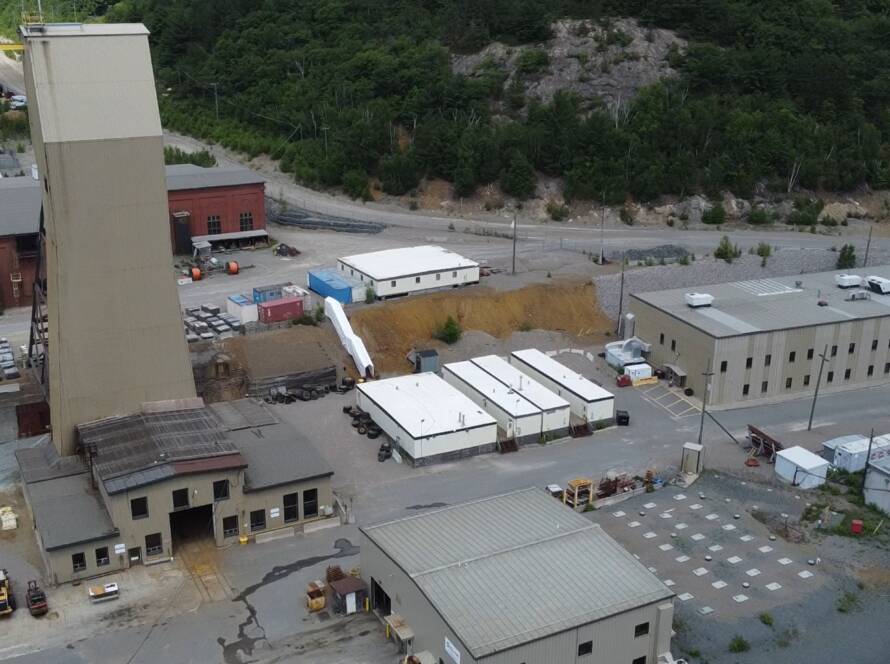
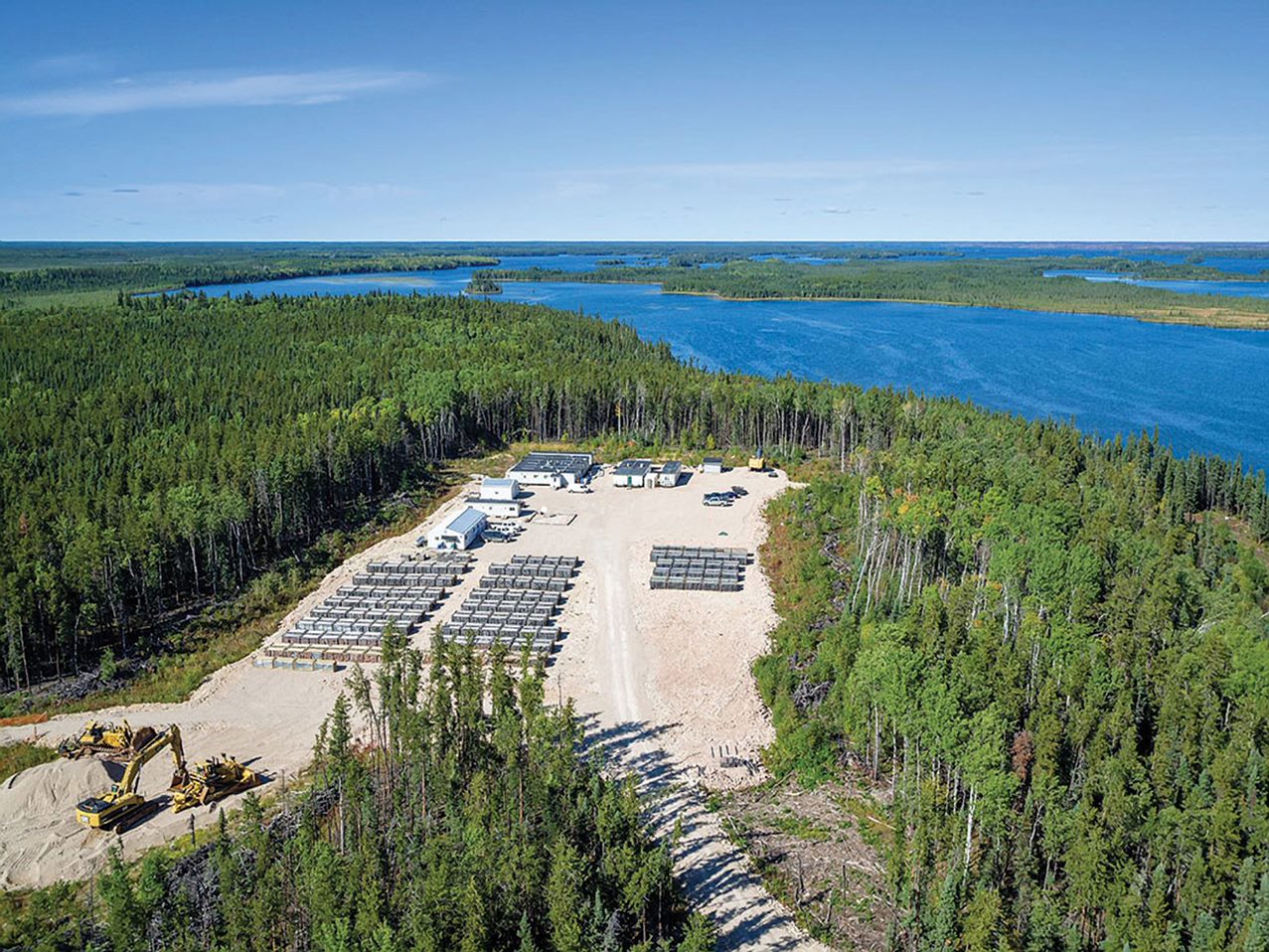
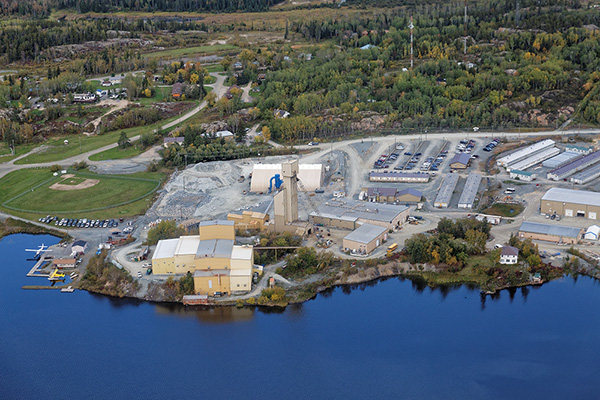
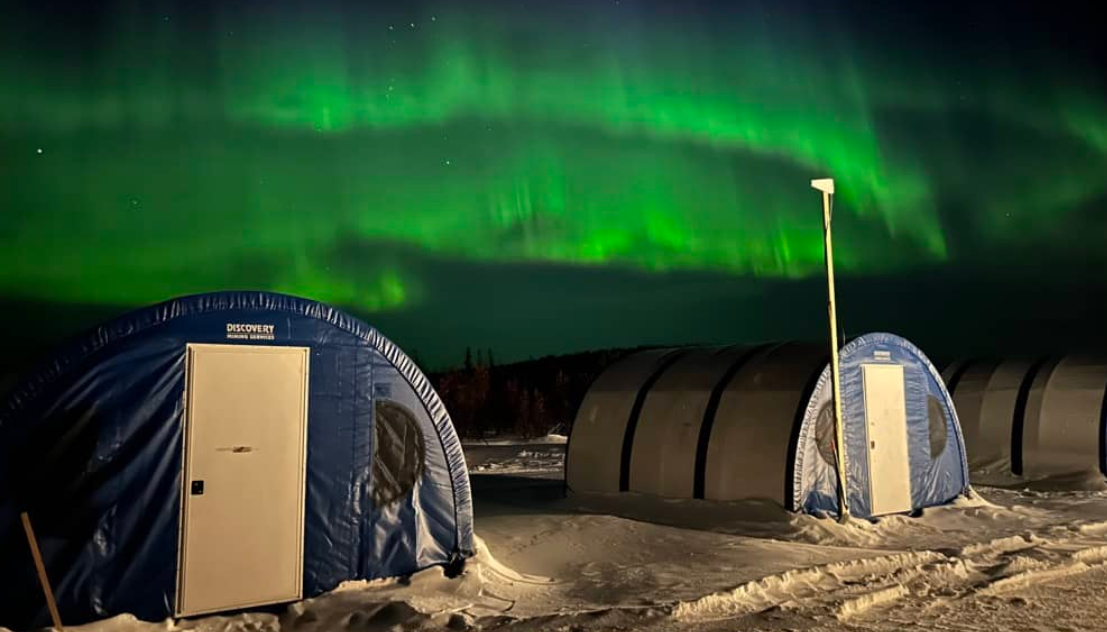
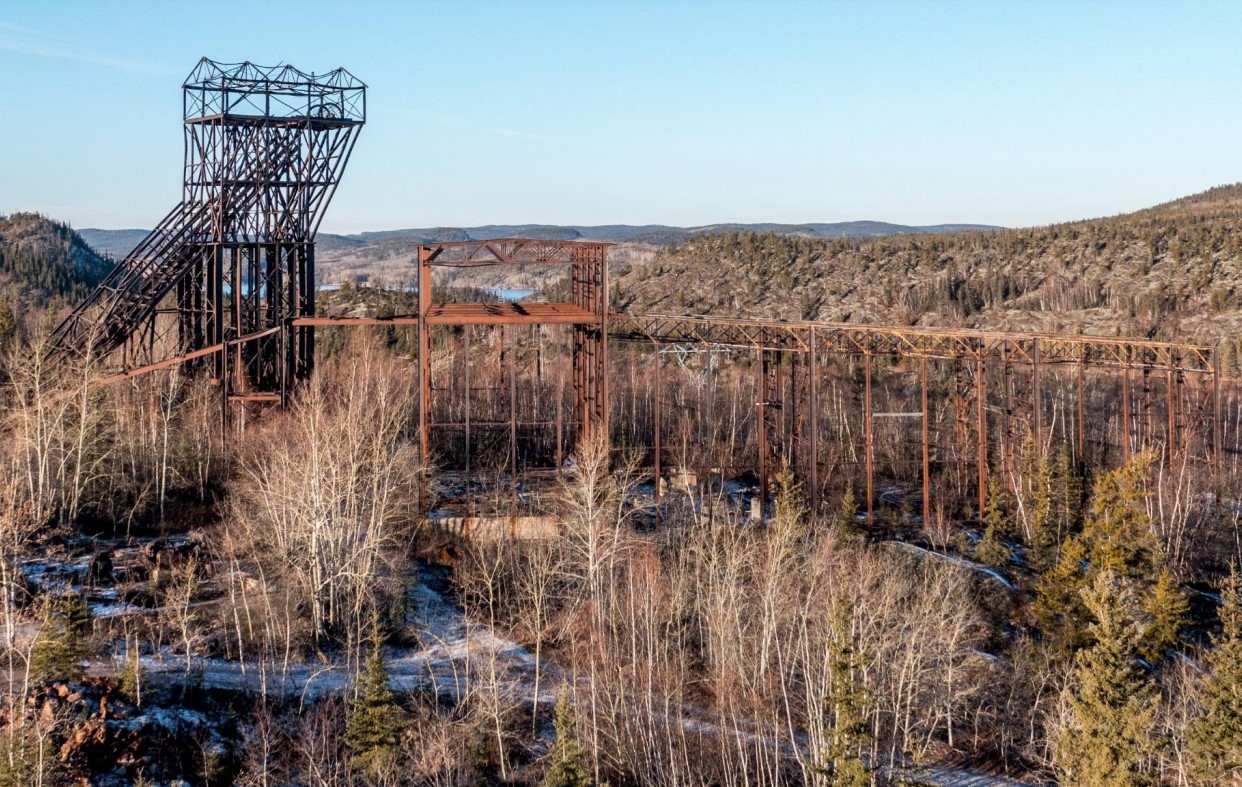
Comments